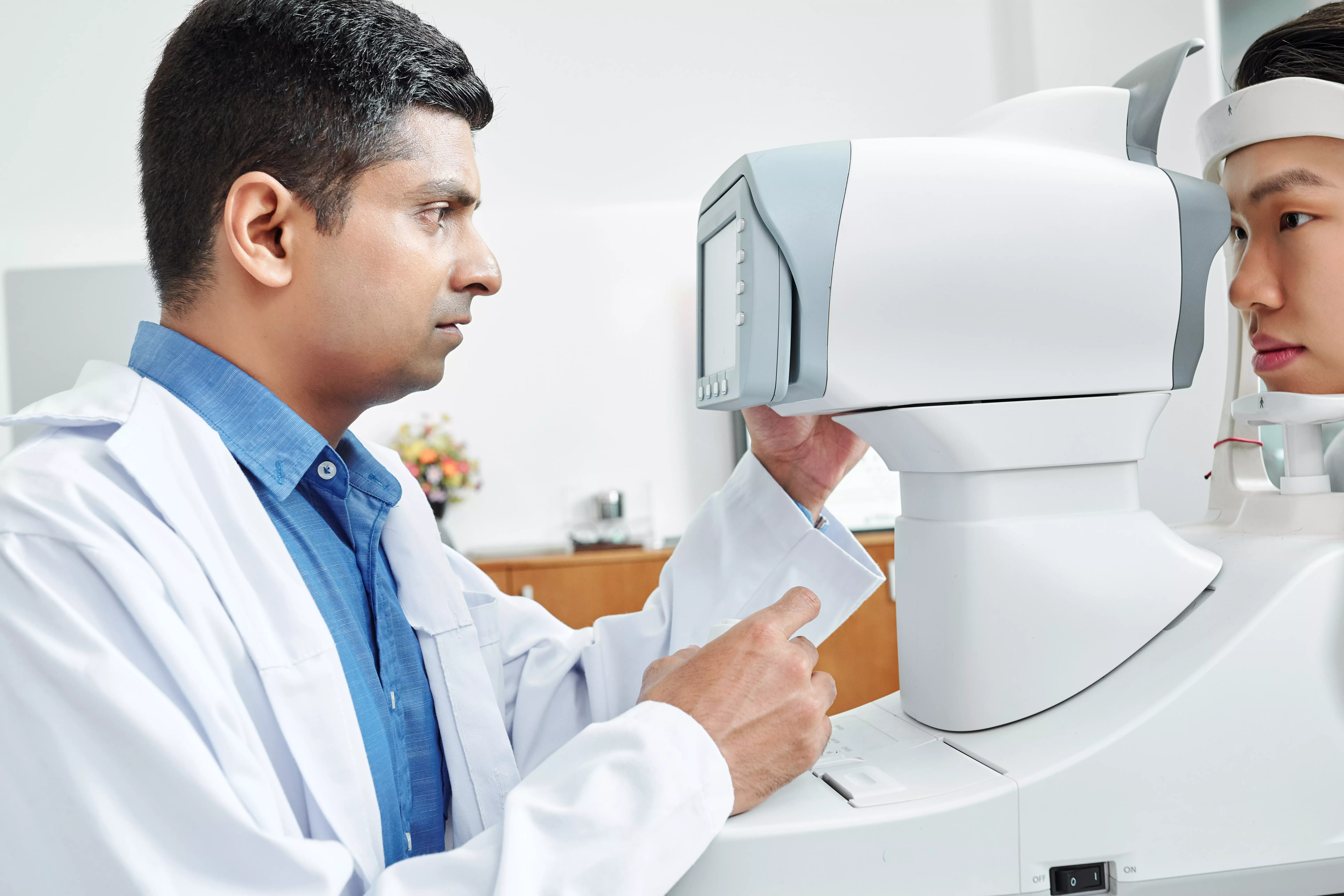Application of gene therapy in the treatment of eye diseases
Gene therapythe future of ophthalmic medicine
Eye diseases pose a serious threat to our visual health. Thanks to medical advances and the development of gene therapy, more and more people with eye diseases have a chance to improve their quality of life. Gene therapy is a treatment method that involves making changes to a patient's DNA to repair damaged genes and reduce the symptoms of the disease. How does gene therapy work in treating eye diseases and what are its applications?
Gene therapy in practice
Gene therapy for treating eye diseases uses advanced biotechnology techniques and tools. Its main goal is to introduce a healthy gene into the cells of the eye to compensate for genetic defects. This method can be used to treat both inherited diseases and acquired vision loss.
The basis of gene therapy is the introduction of a healthy gene into the patient's body. This can be done by direct injection, topical application or with the help of viral vectors. In the case of eye diseases, the introduction of the gene is done directly into the cells of the retina or epidermis. The healthy gene is then incorporated into the body's functioning metabolic networks, leading to improved eye health.
An important aspect of gene therapy is the proper selection of the gene to be inserted into the patient's body. For this purpose, state-of-the-art DNA sequencing technologies and research into the genetics of eye diseases are used. This makes it possible to precisely identify the defective gene and select the corresponding healthy gene. The whole process of gene therapy is very precise in order to avoid unwanted side effects and ensure that the treatment is as effective as possible.
Application of gene therapy in the treatment of eye diseases
Gene therapy has found application in treating a wide variety of eye diseases. One of the most common applications is the treatment of pigmentary retinopathy, which is one of the leading causes of blindness in the elderly. Gene therapy can help restore lost vision by repairing damaged retinal cells and improving visual function.
Another example of the use of gene therapy is the treatment of macular degeneration, an age-related disease that leads to deterioration of vision in the center of the visual field. With gene therapy, we can stimulate the regeneration of macular cells and improve the quality of vision in patients.
Another application of gene therapy for treating eye diseases is to combat cataracts. Cataracts are one of the most common eye diseases that lead to a gradual reduction in the ability to see. Gene therapy can help regenerate damaged cells in the lens of the eye, leading to improved visual acuity and reduced discomfort associated with cataracts.
The future of gene therapy in treating eye diseases
Gene therapy for the treatment of eye diseases has great development potential. As technology advances and more knowledge is gained about the genetics of eye diseases, we can expect further innovations in this field. Gene therapy could become a common treatment for many eye diseases, making it possible to improve the quality of life for millions of patients around the world.
It is important that gene therapy be available to all patients, regardless of where they live or their social background. Therefore, it is necessary to continue scientific research and activities to popularize and develop gene therapy.
Summary
The application of gene therapy in the treatment of eye diseases opens up new possibilities for patients suffering from a variety of conditions. By introducing a healthy gene into the cells of the retina or lens of the eye, it is possible to regenerate damaged tissues and improve visual function.
Although gene therapy for treating eye diseases is still relatively new, the results are promising. An increasing number of patients have a chance to regain their lost vision and improve their quality of life. The future of gene therapy for treating eye diseases seems bright technological advances and further research will allow even more effective and accessible treatments.